For all that architecture at both the Hochschule für Gestaltung Ulm and at its more or less direct predecessor Bauhaus, is most popularly associated with a school building — that in Ulm by Max Bill, that in Dessau by Walter Gropius — in contrast to the Bauhauses, architecture at the Hochschule für Gestaltung Ulm was from the very beginning an active, integral, practised discipline.
If a discipline that today is all too often overshadowed by the Hockers, record players, graphics, et al of the institution's product design and visual communications departments.
With Programmed for Hope - Architectural Experiments at the HfG Ulm the HfG-Archiv, Ulm, shine a light into those shadows.......
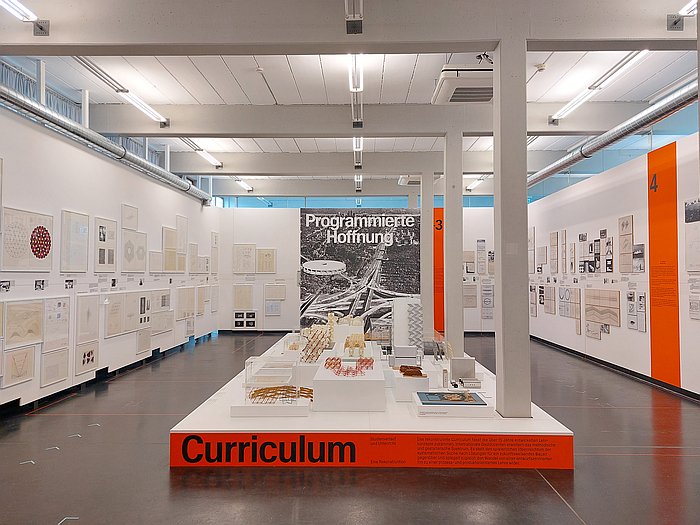
Based on a research project undertaken by the HfG-Archiv in conjunction with the TU Darmstadt and the Goethe-Universität Frankfurt, a project the HfG-Archiv claim is and was the first in-depth study of architecture at the Hochschule für Gestaltung, HfG, Ulm, a claim we're not going to disagree with, but does seem redempulous, ¿why has taken this long?, Programmed for Hope - Architectural Experiments at the HfG Ulm opens with an introduction to, an overview of, the (hi)story of architecture at the HfG Ulm, an introduction, an overview, that doubles as a telling of the (hi)story of the HfG Ulm from its opening in 1953 until its enforced closure in 1968, a 15 year existence abruptly ended that neatly echoes the abruptly ended 14 years of the Bauhauses, and an opening chapter that also explains that for all the Architectural Experiments of the title, the department at the HfG Ulm was initially known as Architecture and Urban Planning before becoming Construction in 1957 and ultimately Industrial Construction in 1962, itself a very instructive development, not least in context of shifting definitions of 'architecture' in the 1960s, before moving on to the main presentation, Curriculum, a discussion on architecture at the HfG Ulm undertaken analogous to the course of architectural studies in its various guises at the HfG Ulm.
Thus an exhibition that opens, as the course of architecture studies at the HfG Ulm did, with Grundlehre, Basic Studies, a course the HfG's founding director Max Bill initially based to a large, very large, degree on the Bauhaus Vorkurs as an essentially artistic course, a continuation reinforced by the fact it was initially taught in Ulm by ex-Bauhäusler such as, for example, Johannes Itten, Helene Nonné-Schmidt or Max Bill himself, before, as one learns, in subsequent years, primarily one imagines after Bill's departure in 1956, Tomás Maldonado and Max Bense increasingly added layers and disciplines, for all scientific and technical, to make it a much more inter-disciplinary experience, and less artistic; if one so will, a change analogous to a Gropius's repositioning of the Bauhauses from Kunst und Handwerk eine neue Einheit, Art and Craft a New Unity, to Kunst und Technik eine neue Einheit, Art and Technology a New Unity.
A shift that can be understood in Programmed for Hope via an introduction to the Grundlehre where a discipline such as, for example, Colour and Geometry, that mainstay of the Bauhauses avant-garde, exists alongside the likes of Network Transformations, the deformation of 2D networks to create 3D structures; Volume Structure Packages, the development of hollow bodies that can be combined to create useable space; or Zirkulationsgraphe, Circulation Graphs, in effect depicting physical relationships between spaces and physical movement through those spaces as networked linear patterns by way of enabling both alternative spatial organisations and an algorithmic approach to building design, an algorithmic approach to architecture. Approaching, if one so will, computer generated architecture in an age before computers.

Having survived the first year architecture students at the HfG Ulm progressed to two years of Gestaltungsarbeiten, an almost untranslatable term that encapsulates all conception and development steps of a project; two years undertaken in an atelier concept borrowed from generations past that remains a key component of architecture education today. And a component of the course of studies at the HfG Ulm discussed in Programmed for Hope via a number of projects developed by students, projects that in the greater majority of cases remained the Architectural Experiments of the exhibition title, including, for example, a flexible high-rise apartment house/office building construction system developed in the mid-1960s in the atelier of Peter Sulzer based on a suspension construction system, i.e. one where individual modules are suspended from a central spindle; the exhibtion design for the West German Pavilion at Expo '67 in Montreal, a project led by Herbert Ohl and Herbert W. Kapitzki, that, as we opined from HfG Ulm: Exhibition Fever at the Bauhaus Building, Dessau, in many regards represents the zenith of the HfG Ulm's important contribution to exhibition design, and that just before the institution closed; or the development in 1953 of a curtain wall construction system by a team of students under the guidance of Konrad Wachsmann for the Ohio based steel company Armco, a system that, according to Wachsmann, was intended to enable the planning and construction of "a building of any shape and form beginning from a one-story structure to the unlimited height skyscraper"1.
A project that for all it was only realised once sits not only very much at the centre of Wachsmann's research on industrial construction as discussed in and by the Bauhaus Lab 2018 The Art of Joining: Designing the Universal Connector, but can also be located in the early 1960s Mini Midi Maxi system of Wachsmann's friend and collaborator Fritz Haller. A Mini Midi Maxi system that also stands in discourse, if in a different context, with the late 1960s adaptable construction system for industrial facilities developed at the HfG Ulm by Werner Wirsing and Dick Goedhart and which, as with Haller's system, enabled buildings that can and could be expanded as required. Thus all helping place Haller's Mini Midi Maxi in a context of contemporaneous developments.
The final year at the HfG Ulm was, and thus the final chapter of Curriculum is, devoted to Diploma Projects, that chance to demonstrate how the previous three years of Grundlehre and Gestaltungsarbeiten shaped and informed not only your opinions on what architecture is, and the role and responsibility of an architect, but also your positions on the architecture contemporary society requires as it transcends into the future. Questions answered, for example, via Roland Linder and Winfried Wurm's joint Diploma project for a flexible, adaptable airport design for Basel-Mühlhausen airport; Willi Ramstein' 1962 project for a shopping centre, which, amongst many other features, proposes an outer-ring with drive-in stations and vending machines, so Click-and-Collect à la 1962; or a project for the Kinderdorf Pestalozzi in Trogen, Switzerland, by Max Graf under the supervision of Max Bill that sought a new school building which actively supported the pedagogic approach of the institution, thus an expression of an appreciation of a building as more than a passive space, of the necessity of considering relationships within a building as much as statics when defining space. And which thereby also helps focus your attention on the building in which you currently find yourself.
And a Kinderdorf project which was, at least partially, realised, and which thus, as with the Montreal Expo '67 exhibition design, exists as a rare realisation of one of the myriad Ulmer Architectural Experiments of the exhibition title.
Or perhaps more accurately, a rare contemporaneous realisation.
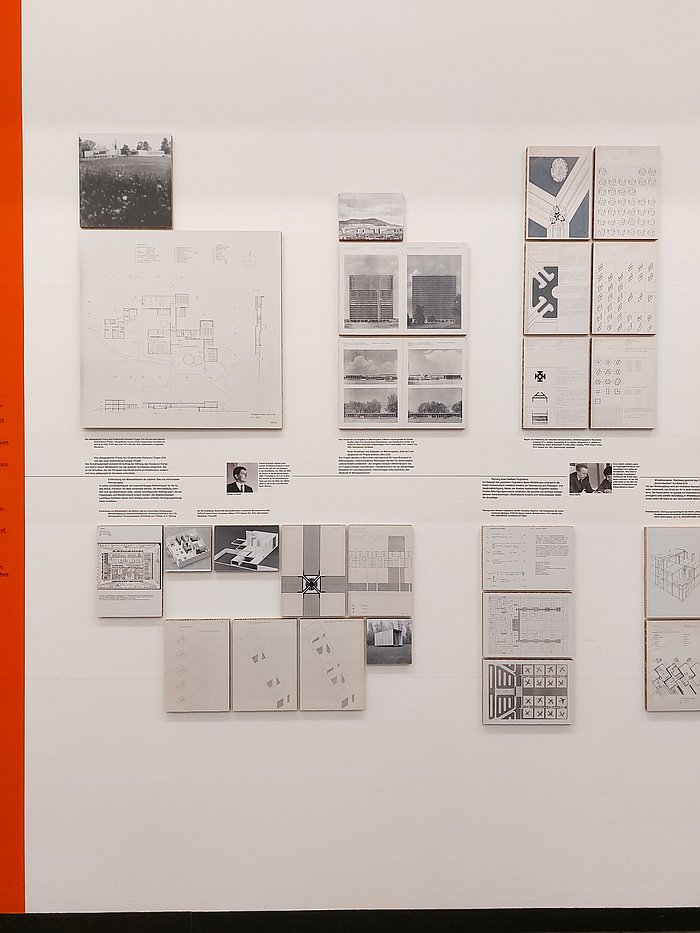
Packing a deceptively large amount into the famously restricted temporary exhibition space of the HfG-Archiv without leaving the viewer swamped, over-taxed or unduly hurried, a very neat trick that may or may not be an example of the various volume contortion exercises one meets in the Grundlehre, Programmed for Hope neatly links sketches, diagrams, photos and texts on the walls with models and components on a central pedestal; a presentation concept that, while regrettably in German only, a decision we can understand but don't agree with, not only allows for a discussion of the architectural scale at the room scale, but that also allows for deeper insights into the featured projects and their relationships to the teaching and practice of architecture at the HfG Ulm than the space available implies is possible, and thereby for an easy deepening of the discussion, exploration and questioning stimulated by the selected exhibits.
A presentation that in addition to introducing how architecture was taught at the HfG Ulm, how architecture was understood at the HfG Ulm and how the various protagonists at the HfG Ulm sought to employ architecture as an element of the institution's desire to contribute to building a democratic society in West Germany after the horrors of the NSDAP dictatorship, also introduces many of those protagonists both amongst the teaching staff, including, and in addition to those already name, a Josef Albers, a Frei Otto or a Lucius Burckhardt, and also students of the department, the greater majority of whom aren't household names, but who in many cases went on to have productive careers and thus represent the true legacy of any institution such as the HfG Ulm, or, again the Bauhauses, and thus reminds us all that our focus should never be alone on those who shine brightest, or these days on those who shout loudest, but on the mass.
Protagonist listed in full in Programmed for Hope's introductory chapter in which the presence of Helene Nonné-Schmidt and Elisabeth Walther on the teaching staff side and Renate Grünwald, Isa Maria Moreira da Cuhna and Myriam Schoemann on the student side as the only females identified in the course of the project as being associated with the architecture department at the HfG Ulm — 2 from 65 on teaching side, 3 from 68 on the student side, if our math is correct — is very much a stimulation to ask why a progressive school such as the HfG Ulm, an institution that understood itself as a component of a building of a democracy, of a democratic society, in a new, fledgling, nation, why such a school appears to have attracted only 3 female architecture students, in many regards 2.5 Isa Maria Moreira da Cuhna was a temporary guest student and in contrast to Renate Grünwald and Myriam Schoemann never graduated from the HfG Ulm, when females, when not in a majority, were much wider represented in other departments.2 And why were the two females on the teaching staff, and with no disrespect to Helene Nonné-Schmidt or Elisabeth Walther, not qualified architects? ¿Why in the course of its 15 years were no female architects on the teaching staff at the HfG Ulm?
¿Are the answers to be found in the HfG Ulm, in the structures and practices and protagonists of the HfG Ulm, or in the nature of pre-1968 West German society?
¿What is one actually programming for with such a male-centric architecture?
¿What form of democracy is one actually programming for with such a male-centric architecture?
Just one of several lines of inquiry Programmed for Hope stimulates you to undertake on your own.
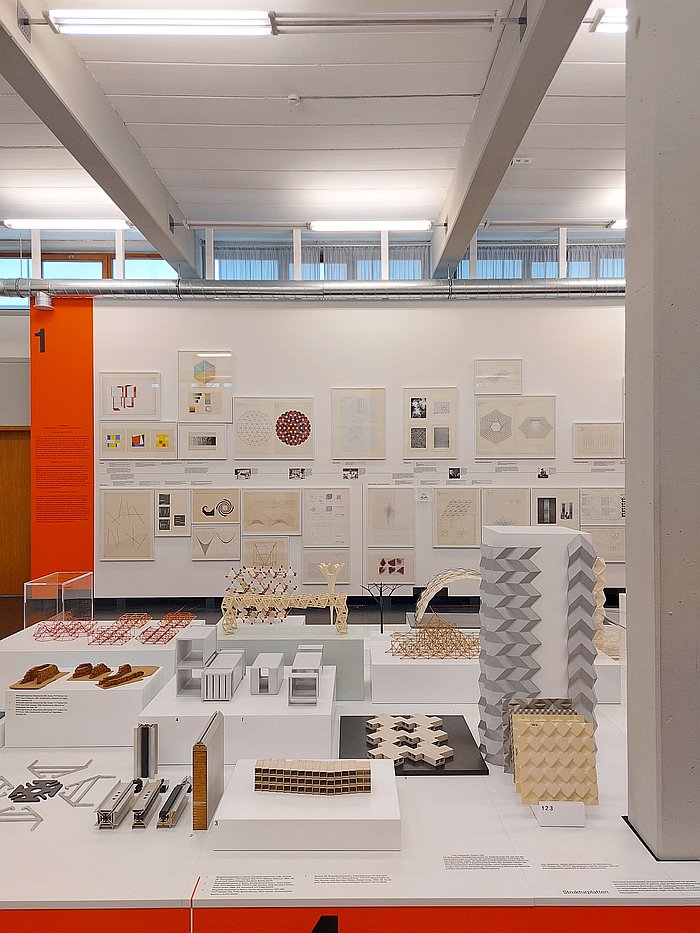
Including several lines involving architecture, the (hi)story of architecture, beyond the confines of the HfG Ulm, and thus that extending of the borders beyond the intended scope that any good museal exhibition enables and empowers.
Lines of enquiry stimulated in Programmed for Hope by the presentation of an architecture, approaches to architecture, positions on architecture, that while unquestionably familiar with those of 1920s and 30s Europe, have moved on from the conceptual constraints of then, from the possibilities of then, is post then, while not fundamentally questioning then, rather revaluating then, is aware of the great many differences between then and now. That lesson that when seeking to learn lessons from the past we must always do so in context of now; that the now always has differing perspectives and contexts from then, not necessarily better, but certainly different. A moving on, a revaluating, a groping forward, undertaken via, and informed by, individual and collective experience, by developments in technology, science, materials, philosophy, art, etc. A reminder that reinventing the wheel isn't the task but re-imagining that which the wheel is, was and could be in context of new tangible and intangible realities. Experimenting with the concept of the wheel.
Thereby Programmed for Hope tends to an appreciation that while the HfG Ulm would have been thoroughly impossible without the Bauhauses, HfG Ulm did things that the Bauhauses couldn't, couldn't comprehend, couldn't approach. Thereby allowing for a more nuanced appreciations of not only the differences between the HfG Ulm and the Bauhauses but the reasons why those differences.
And also by a presentation of an architecture, approaches to architecture, positions on architecture that for all they are post that which was are also, in many cases, potentially, pre that which is still to come, contain aspects, positions, approaches that we still have to fully develop and appreciate, that remain as experimental today as they were in 1960s West Germany but which at their core, potentially, have elements that can and could inform and instruct contemporary and future architecture, could become practical, quotidian; viewing Programmed for Hope one continually meets Architectural Experiments at the HfG Ulm where you question if they couldn't, perhaps shouldn't, experience a translation into reality decades after their formulation. And that not least in context of the developments in art, philosophy, materials, science, technology, etc over the intervening six decades and also by the accumulated mass of individual and collective experiences of those six decades.
But for that architecture at the HfG Ulm, the teaching of architecture at the HfG Ulm, the practice of architecture at the HfG Ulm, the role of architecture at the HfG Ulm, the function of architecture at the HfG Ulm must be more popularly appreciated than it currently is, must be more popularly known than Max Bill's Ulm school building, must be more popularly known than the institution's Hockers, record players, graphics, et al, much as the teaching, practice, role, function of architecture at the Bauhauses must be more popularly known than Walter Gropius's Dessau school building, cathedral, and the institutions' popularly venerated relics; Programmed for Hope with its mix of protagonists, positions and projects is an excellent location to begin that process.
And thus also a meaningful conduit to both more accurately locating architecture in the HfG Ulm and the relationships between architecture and the other disciplines at the HfG Ulm, and thereby to approaching the more probable appreciations of the HfG Ulm as an institution and as a moment in the (hi)story of creative education we all need today.
Programmed for Hope - Architectural Experiments at the HfG Ulm is scheduled to run at the HfG-Archiv, Am Hochsträß 8, 89081 Ulm until Sunday October 26th.
Full details can be found at https://hfg-archiv.museumulm.de
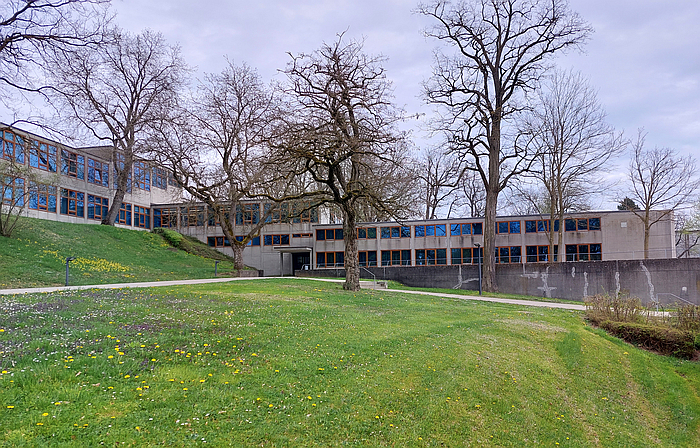
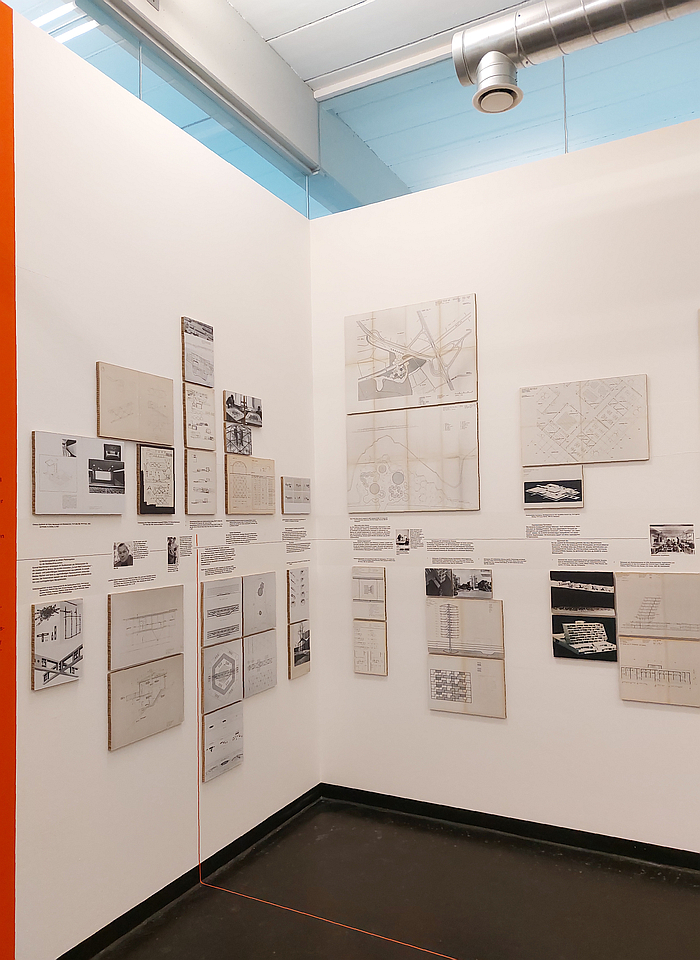
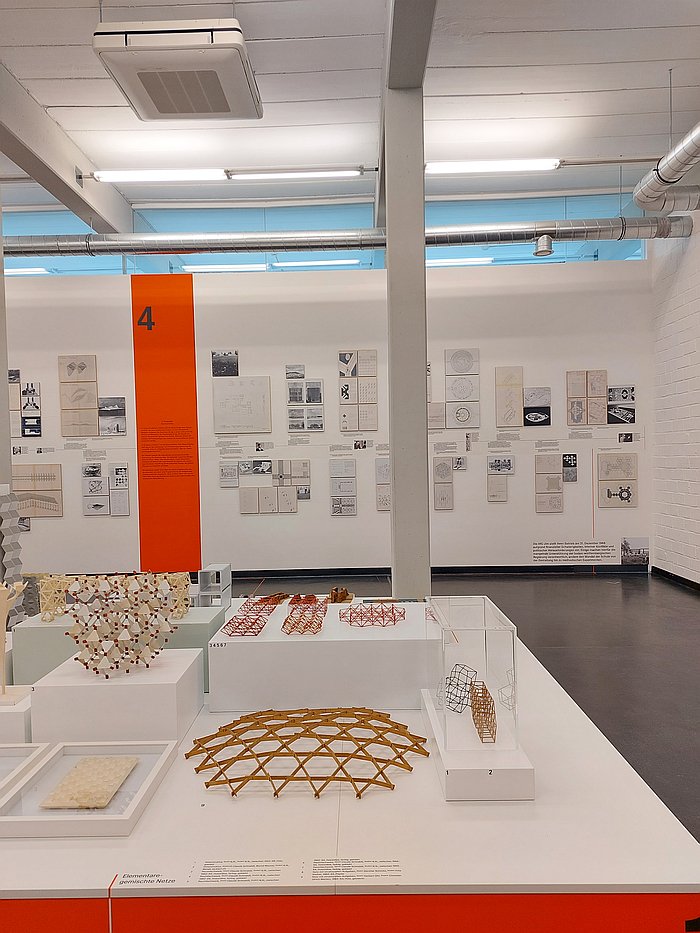
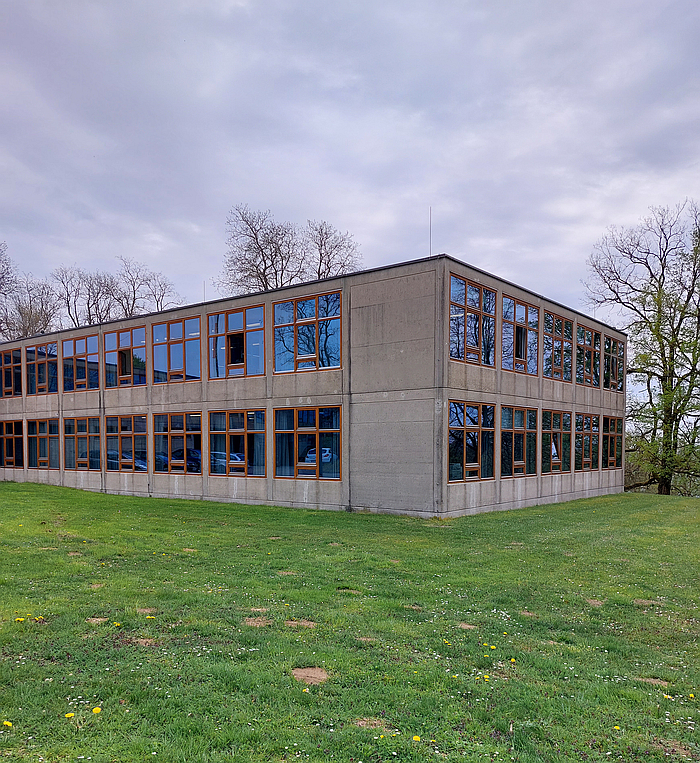
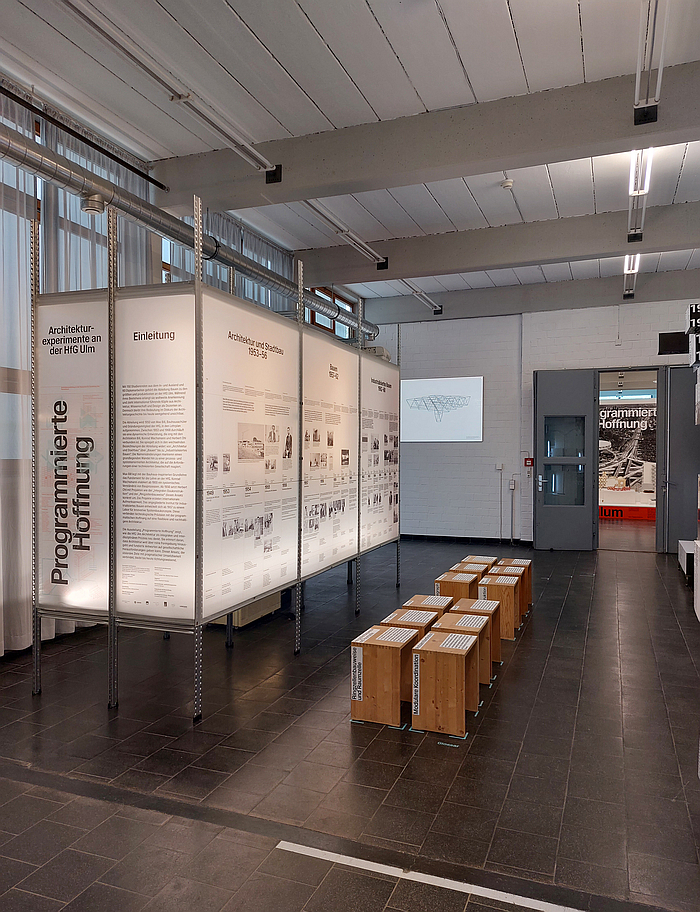
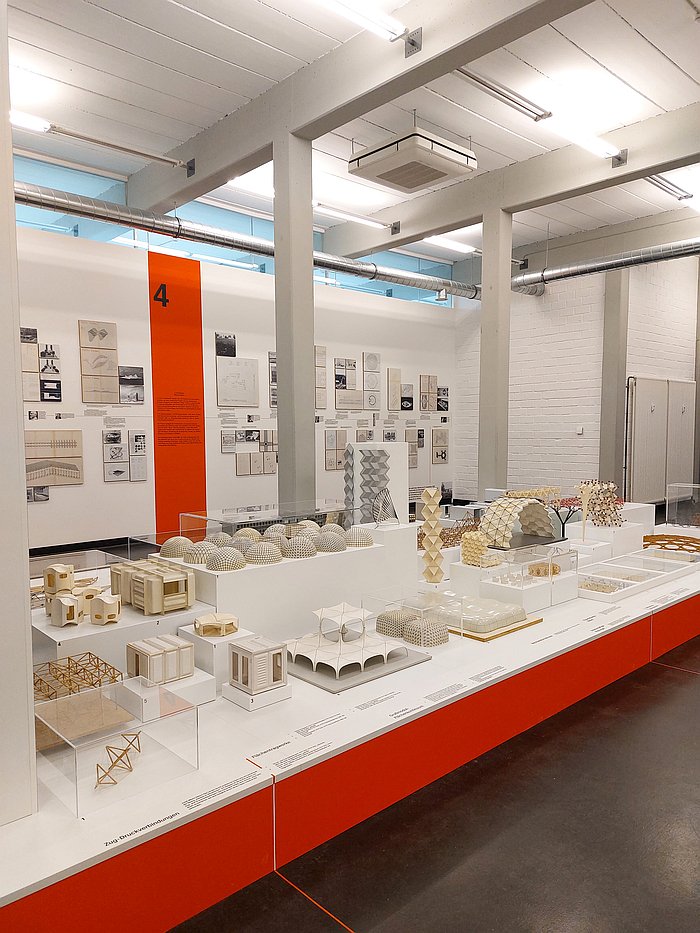
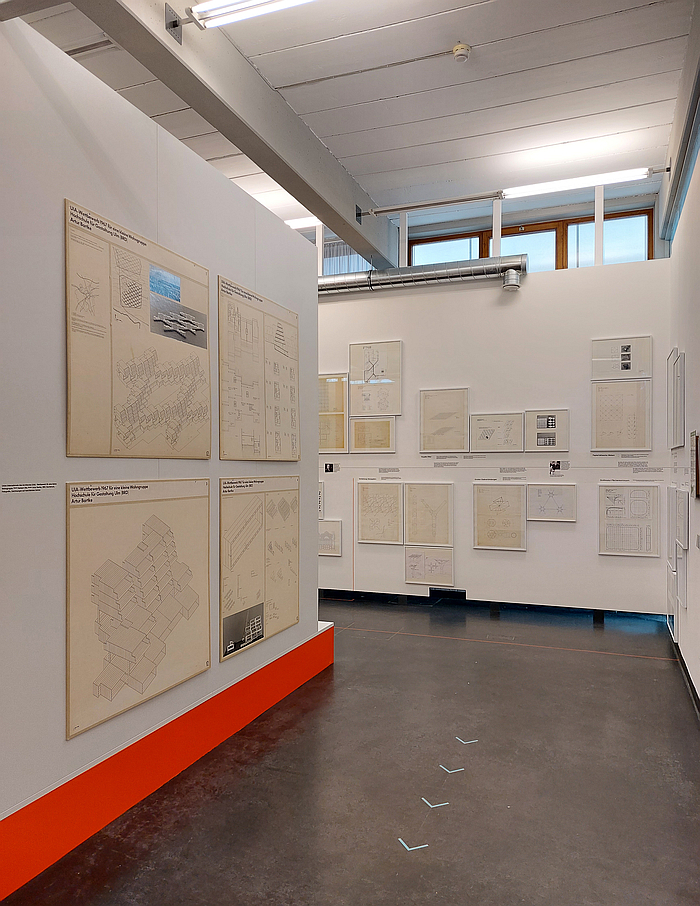
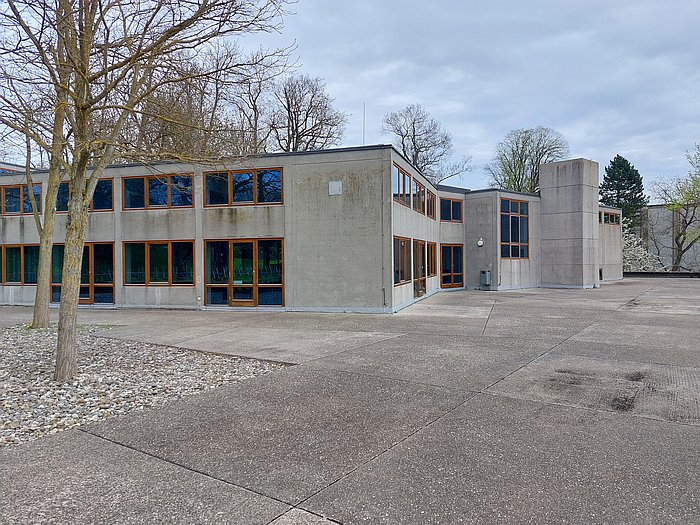
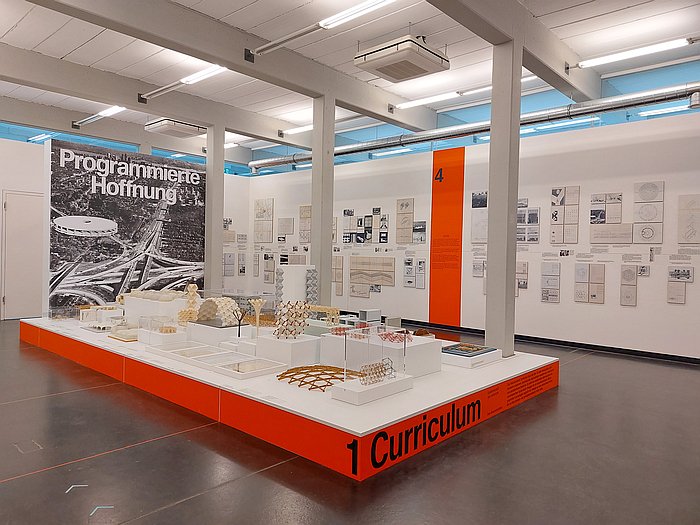
1Pedro Ignacio Alonso, Diagrams of a Universal System of Construction in the Work of Konrad Wachsmann: between Representation and Technology, in Malcolm Dunkeld et al [Eds.], Proceedings of the Second International Congress on Construction History, Volume 1, Short Run Press, 2006, available via https://www.arct.cam.ac.uk/system/files/documents/vol-1-153-166-alonso.pdf ¡¡¡PDF!!!
2According to Christiane Wachsmann [Ed.], Findbuch 06: HfG-Diplome, Ulmer Museum / HfG-Archiv, Ulm, 2015, from the 66 Architecture/Construction diploma projects realised at the HfG Ulm, 2 were were undertaken by females, 64 by males, a ratio of 1:32, or some 3.03% of the diploma projects were undertaken by females, whereby in, for example, Product Design it is 7 females and 82 males, 1:11.7 or 7.86% which while not brilliant, is somewhat better, see https://hfg-archiv.museumulm.de/wp-content/uploads/2019/01/f_06_diplome.pdf ¡¡¡PDF!!!